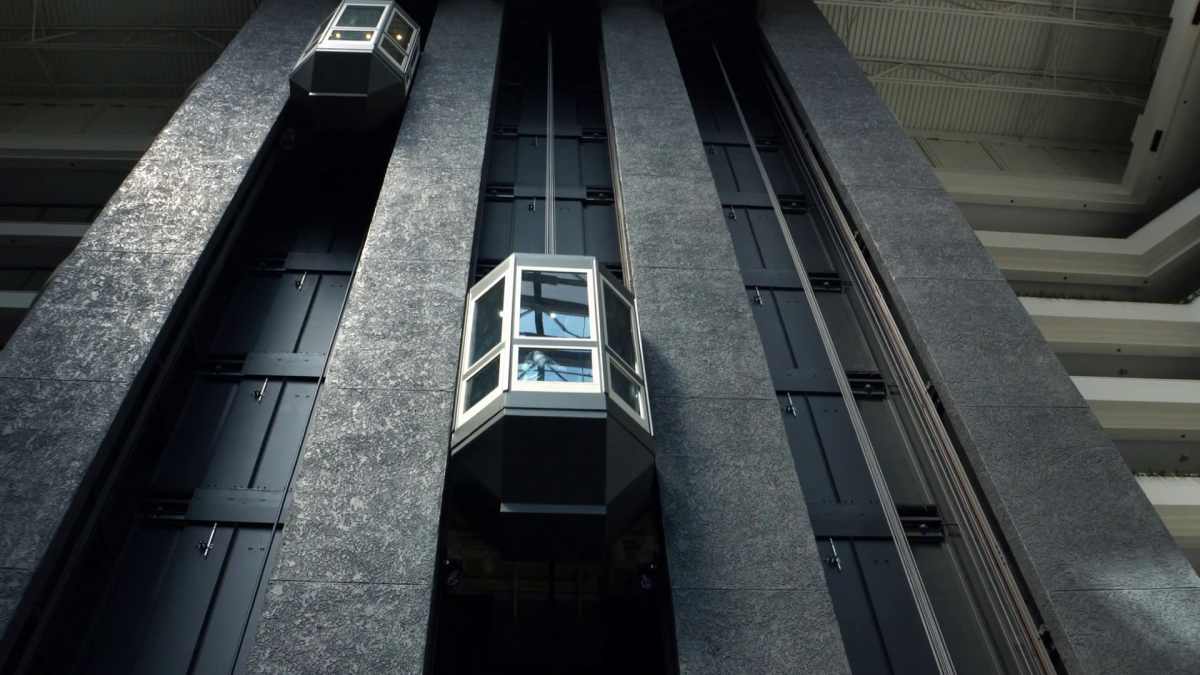What are the 7 phases of SDLC?
We have already written earlier about what is SDLC, so now we will touch on such a part of the SDLC as phases. Any software development, whether a small landing page or a complex enterprise product, consists of several phases. Working close to these phases is a prerequisite for obtaining a good result and strict adherence to software development steps is fundamental for both developers and their customers. Let’s take a closer look at all the 7 phases of SDLC.
7 phases of SDLC:
- Collecting requirements
- Analysis and Planning.
- Architectural design and Prototyping.
- Development and deployment.
- Testing.
- Implementation and Integration.
- Operations and Maintenance.
Collecting requirements.
The first step in a sphere of services(no matter you are software or house-building) is to identify the current problem and customer requirements. Ask the question “What can we do?”, “What does the client need?”. In this SDLC phase, the main goal is to collect information from all interested parties such as customers, decision-makers, team, etc., and systemize it. You should understand that some of the data or requirements will be useless on the next stage but you can’t be sure at this stage if it’s so.
Analysis.
The next phase of SDLC is Analisis, which includes the question “What do we want?” and “What is our goal?” At this stage, the team identifies the requirements for the new software and also analyzes the required cost. It also identifies risks and provides a plan to mitigate those risks and creates a software requirements specification document. Planning on this stage is related to quality assurance and associated risks are also carried out in the initial stages. The next step is to clarify the requirements. The answer could be got from the client or through market analysis. This is usually done through an SRS (Software Requirements Specification) document, which contains all the project requirements and is designed and developed during the project life cycle.
Architectural design and Prototyping.
The next phase in the software development lifecycle is to design the architecture and answer the question “How do we get what we want?” This phase defines the system elements, components, security level, modules, architecture, various interfaces, and data types that the system operates on. The overall design of a system can be done with a pen on a piece of paper – it defines how the system will look and how it will function. Usually, design documentation could offer more than one approach to product architecture design.
Development and deployment
The phase of development could be the biggest part of the whole cycle of development. It always depends on the complexity of the system logic so if we are talking about a Computer vision system or any big portal development – it could take up to 70% of the time. Developers are following certain predefined coding standards and guidelines; they are expected to complete the project modules within the project deadline. This phase is one of the most important in the software development life cycle.
Testing
After completing the development phase, the next step is to validate the developed software. The developed software is sent to the testing team where they thoroughly conduct various types of software testing and look for defects. If any defect is found, the testing team also records the document, which is sent back to the development team to fix the errors. This role is taken care of by the company’s software testers and quality analysts. The testing team must ensure that each software component is free of bugs and works as expected.
Implementation and Integration.
Upon completion of testing, the first version of the software is deployed and delivered to the customer for use. Once the customer starts using the developed software, there is a bug fix area that was not discovered during the testing phase, as when a large group of end-users starts using the software, there may be some chance that a few edge cases could be missed. There is also the option to update your software with newer versions and the latest security updates and technologies. Finally, there is also room to improve the software by adding additional functionality to existing software.
Operations and Maintenance
At this stage, technical support of the system is carried out to ensure that the system is up to date. This includes replacing old equipment and continuously evaluating performance. It also updates certain components to ensure that the system meets the required standards and the latest technology so as not to be exposed to current security threats.



